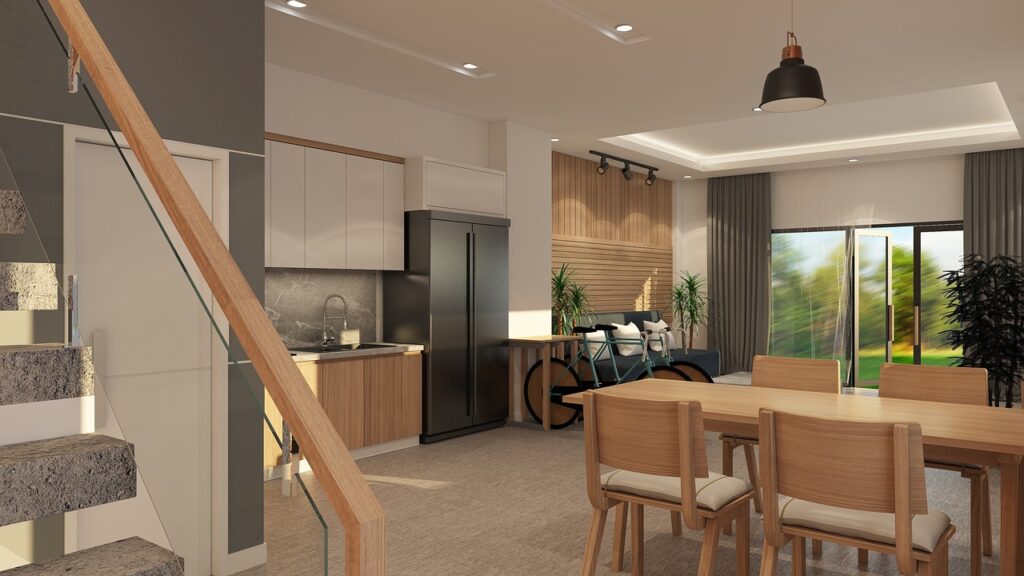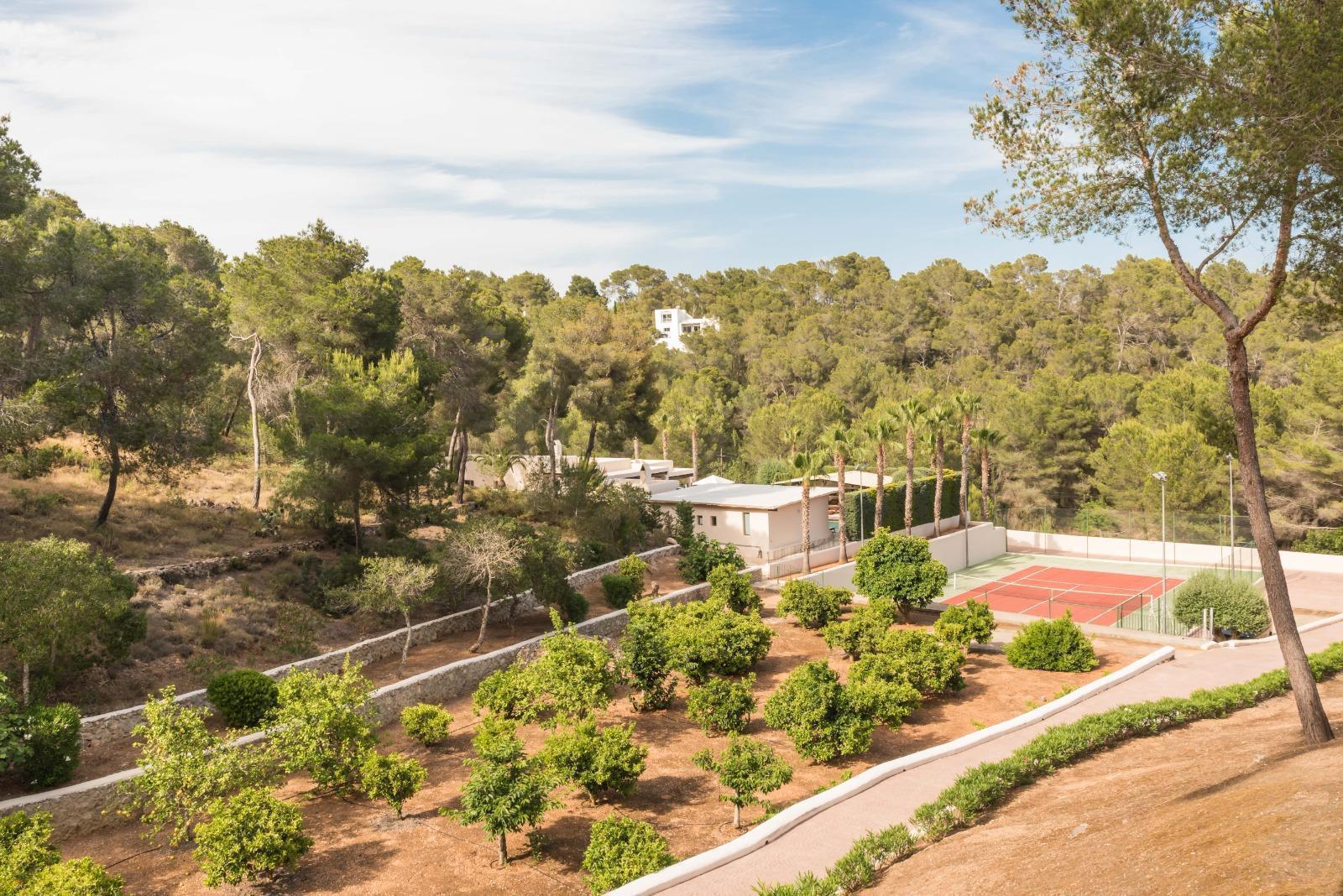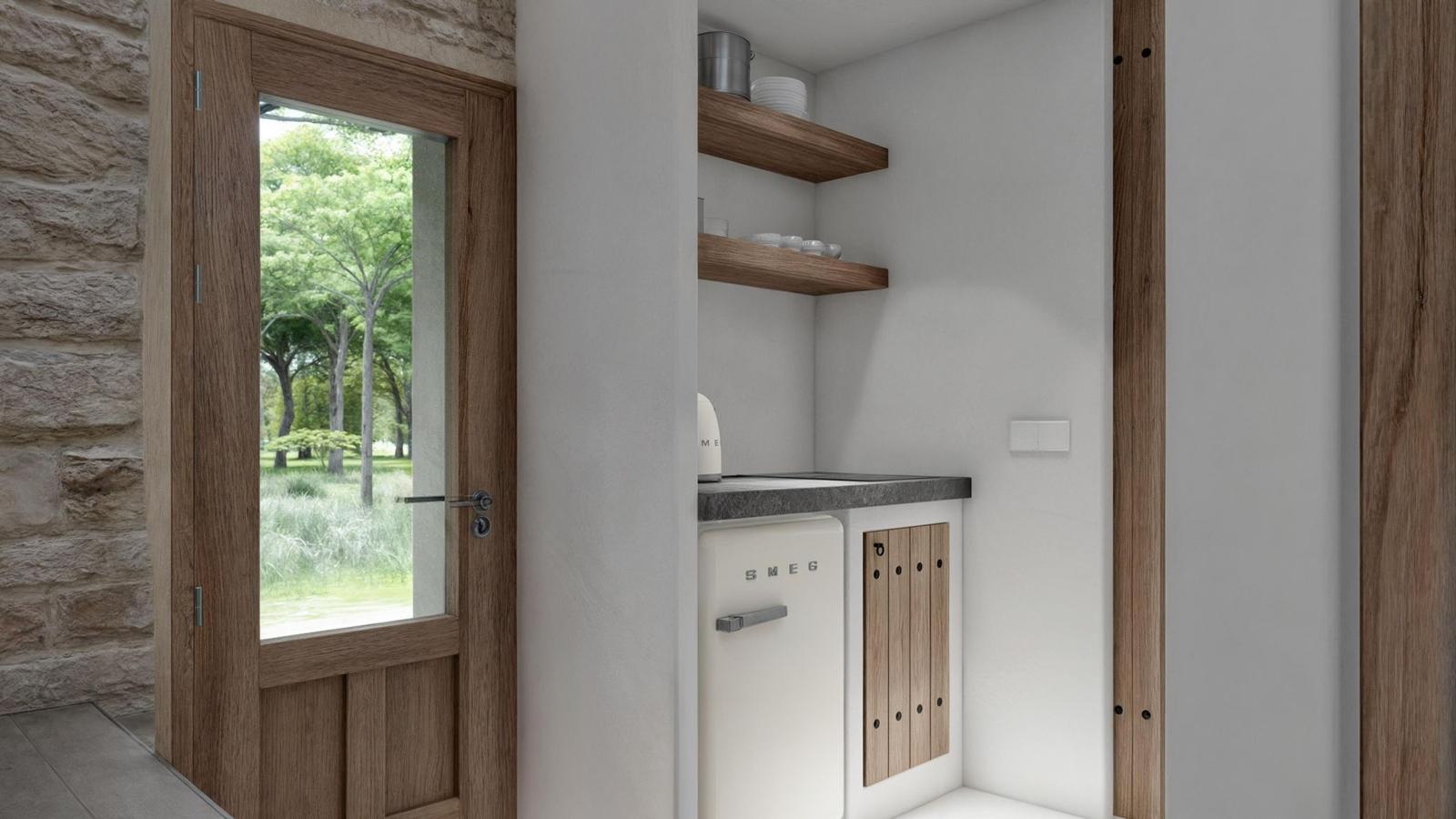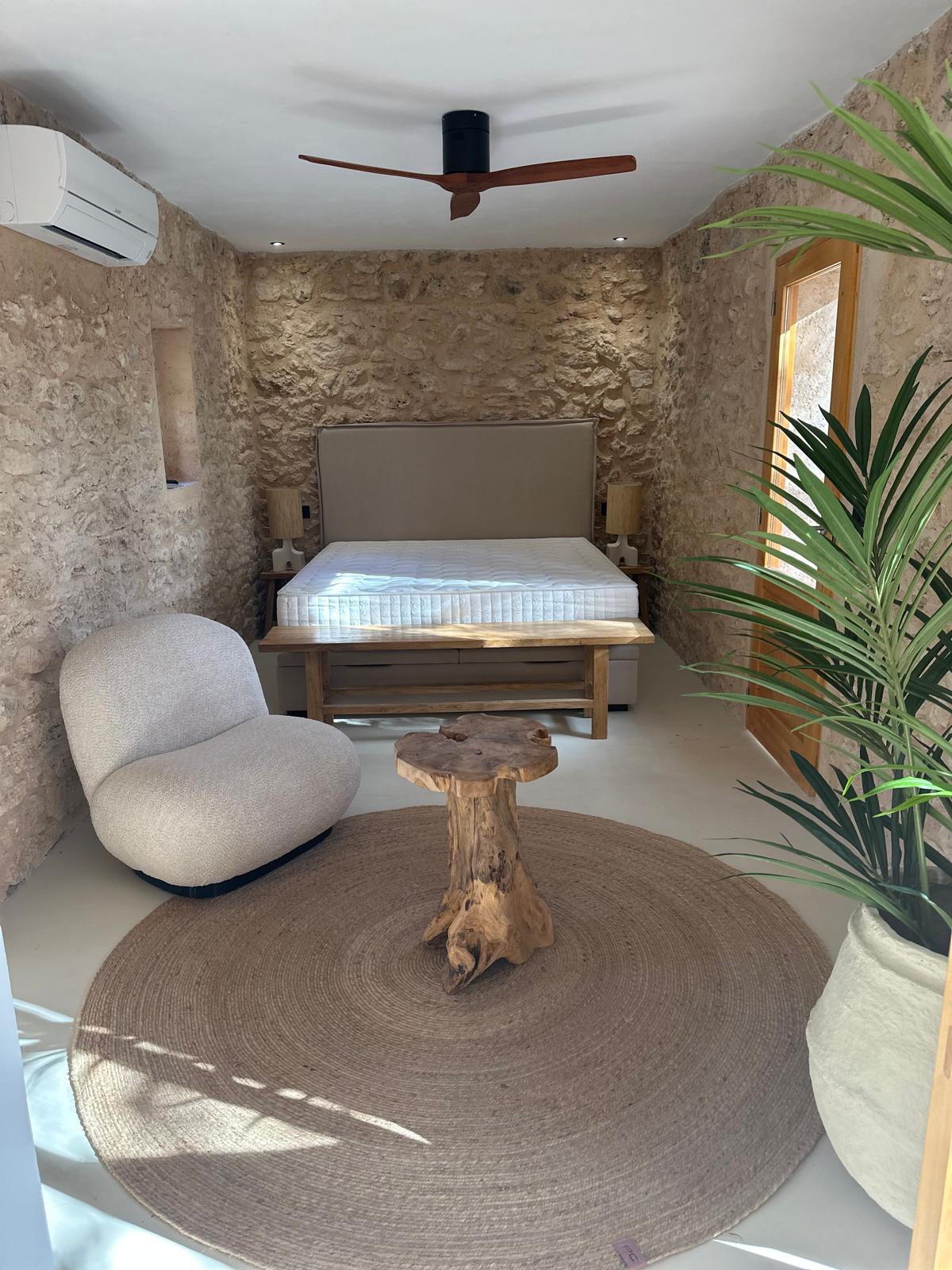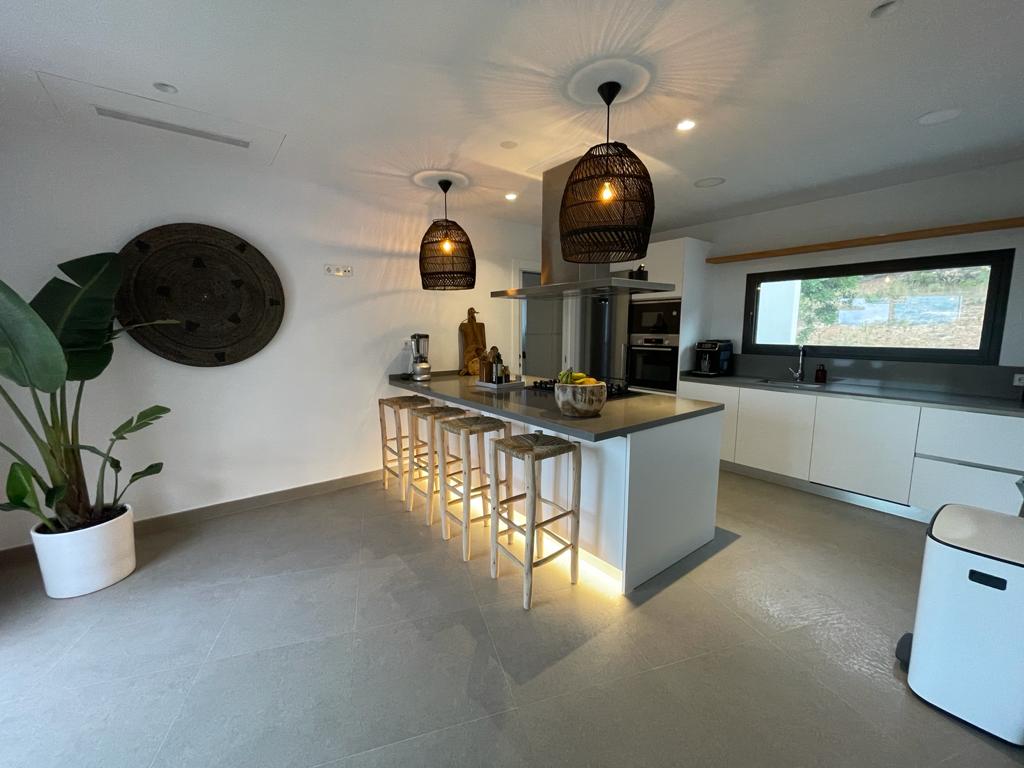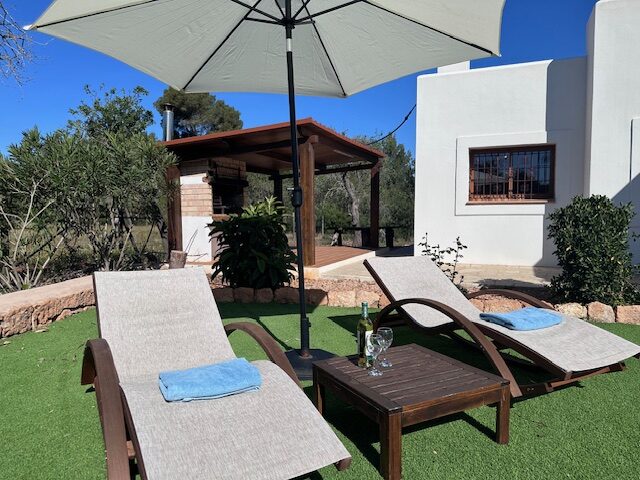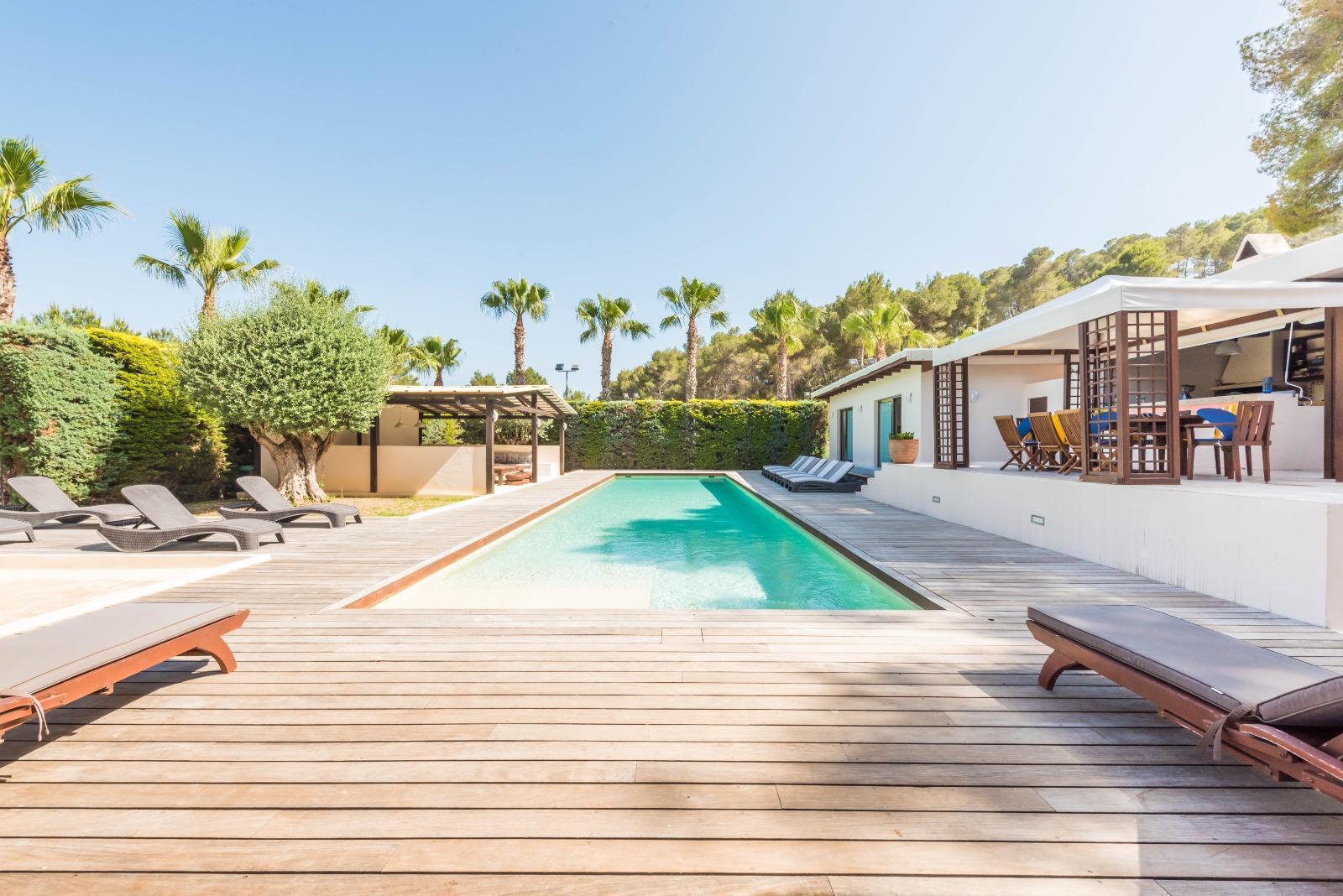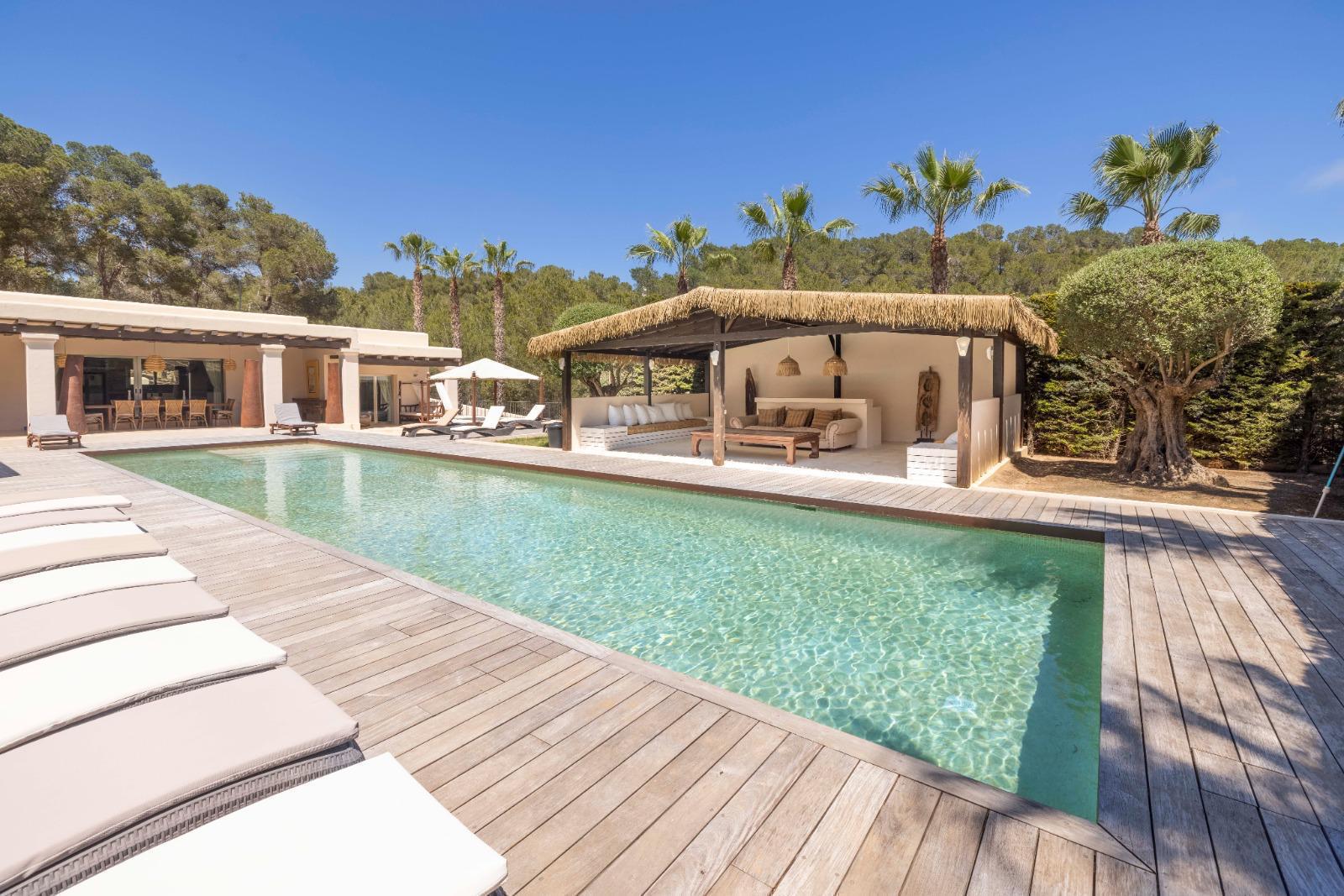Spanish interior design seamlessly combines the rich cultural heritage of Spain with the clean, sleek lines of contemporary design. Known for its warmth, vibrancy, and rustic charm, this style has undergone a modern evolution that embraces minimalism while staying true to its roots. This distinctive approach to design results in an inviting and stylish atmosphere, ideal for homes of all sizes. In this article, we’ll take a deep dive into the key characteristics of Spanish-inspired modern architecture, exploring how traditional elements meet minimalist aesthetics.
The Essence of Simplicity in Spanish Modern Design
At the heart of Spanish modern interior design is simplicity. This style emphasizes clean lines, uncluttered spaces, and minimal ornamentation, which creates a sense of calm and balance. Unlike traditional Spanish interiors, which are often more ornate, the modern version strips away excess and focuses on understated elegance.
The use of a neutral color palette further enhances this simplicity, with shades of white, beige, and soft greys dominating the space. These neutral tones serve as a blank canvas that allows other design elements, such as textures, furniture, and lighting, to shine. By keeping the color scheme simple, Spanish modern interiors avoid visual clutter and create an environment that feels open, airy, and serene.
Despite the minimalist approach, Spanish modern interiors still incorporate traditional design elements. For example, rustic wooden beams may be paired with sleek modern furniture, creating a contrast that is both striking and harmonious. This blend of old and new gives the space character without sacrificing the simplicity that defines modern design.
Minimalist Use of Natural Materials
Natural materials play a crucial role in Spanish modern interior design, but they are used in a more restrained and minimalist way than in traditional Spanish homes. Wood, stone, and clay—materials commonly found in Spanish architecture—are still prominent, but their use is more refined, focusing on highlighting the natural beauty and texture of each material without overwhelming the space.
For instance, a simple wooden coffee table can serve as a centerpiece, adding warmth and texture without being overly decorative. Stone accent walls, a hallmark of traditional Spanish design, are also common but are used more sparingly in modern interiors. Instead of covering entire walls with stone, small sections or alcoves are accentuated, making them stand out while maintaining the minimalist vibe.
Clay, often seen in traditional Spanish tilework, is also used more subtly in Spanish modern design. Instead of intricate and colorful tile patterns, modern interiors may feature a few decorative clay pieces, such as vases or planters, adding an organic feel to the space. This minimalist approach to natural materials not only enhances the sense of calm and order but also highlights the inherent beauty of these elements.
Bold Colors and Patterns for Visual Interest
While Spanish modern design leans toward simplicity and neutral tones, bold colors and patterns are used as accents to inject energy and personality into the space. This is one of the ways in which Spanish modern design remains true to its roots, as traditional Spanish interiors are known for their vibrant color schemes and intricate patterns.
In a modern context, bright colors like red, blue, and green are used sparingly to create focal points. For example, a brightly colored rug or a set of throw pillows can add a pop of color to an otherwise neutral room. These accents bring vitality and warmth to the space without disrupting the overall minimalist aesthetic.
Patterns, particularly geometric ones, are another way to add visual interest. A patterned throw or a piece of artwork featuring bold geometric shapes can break up the monotony of a neutral interior, drawing the eye and adding depth. Unlike traditional Spanish interiors, where patterns are often ornate and detailed, Spanish modern design favors simpler, more abstract patterns that complement the minimalist theme.
The Role of Lighting in Spanish Modern Interiors
Lighting is a fundamental element in Spanish modern interior design. Spanish homes have always made use of natural light, and modern designs continue this tradition by incorporating large windows, skylights, and open floor plans. This abundance of natural light not only brightens the space but also enhances the sense of openness and tranquility that defines modern design.
In addition to natural light, artistic and unique light fixtures are a key feature of Spanish modern interiors. These fixtures often serve as focal points in the room, blending functionality with artistic expression. Chandeliers, pendant lights, and wall sconces with clean lines and minimalist designs add a modern touch while also providing soft, ambient lighting.
Spanish modern interiors may also incorporate traditional wrought-iron light fixtures, but in a more contemporary form. Instead of ornate designs, these fixtures feature sleeker, more streamlined shapes, blending old-world craftsmanship with modern aesthetics. This use of lighting not only enhances the functionality of the space but also adds to its overall style and character.
Bringing the Outdoors In: A Connection to Nature
Another defining feature of Spanish modern interior design is its strong connection to nature. Large windows and open floor plans not only allow natural light to flood the space but also create a seamless transition between indoor and outdoor living areas. This connection to nature is a reflection of Spain’s warm climate and the traditional Spanish way of life, where outdoor spaces like courtyards and terraces are an extension of the home.
In modern interiors, this connection is emphasized through the use of natural materials and earthy tones, as well as by incorporating indoor plants. Greenery adds a fresh and organic element to the space, softening the minimalist aesthetic and creating a sense of harmony with the natural world.
A Harmonious Blend of Tradition and Modernity
Spanish modern interior design is a beautiful blend of traditional and contemporary elements. By combining clean lines, natural materials, bold accents, and artistic lighting, this style offers a unique take on modern minimalism while staying true to its Spanish heritage. The result is a warm, inviting, and stylish atmosphere that feels both timeless and contemporary.
Whether you’re decorating a small apartment or a sprawling villa, Spanish modern interior design provides a versatile and elegant aesthetic. Its emphasis on simplicity, natural beauty, and thoughtful use of color and pattern makes it a perfect choice for those looking to create a space that is both functional and visually stunning. Embrace this timeless design and bring the charm of Spain into your home.

